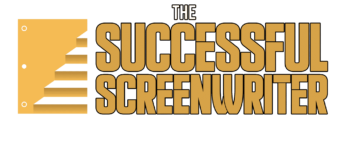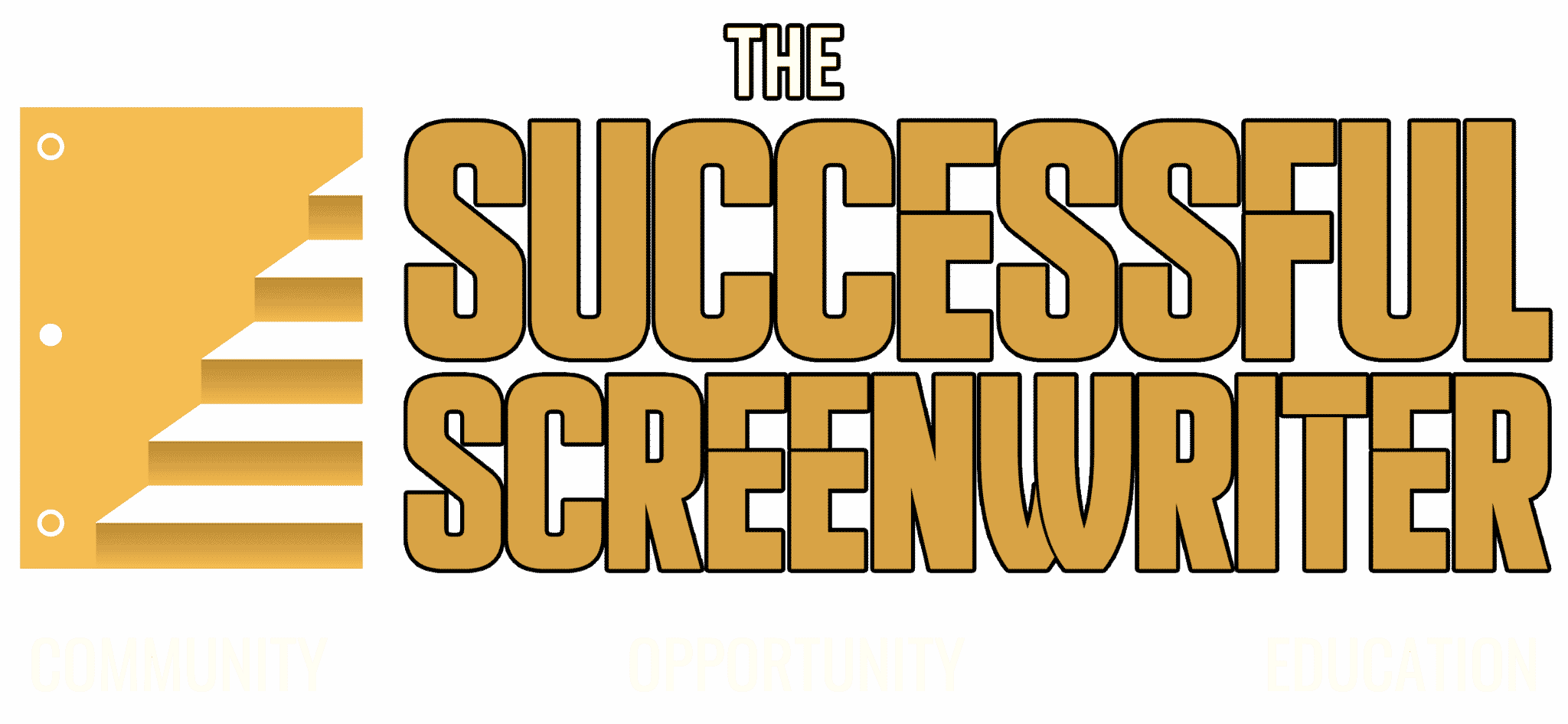In the vibrant world of screenwriting, the ability to craft a compelling montage can significantly elevate your storytelling. As an instructor of advanced screenwriting, I’m here to share insights into creating montages that not only enhance your narrative but also resonate with your audience. Additionally, understanding the nuanced difference between a montage and a series of shots is crucial for any screenwriter looking to master the art of visual storytelling.
What is a Montage?
A montage is a powerful narrative tool in film, comprising a series of short scenes or images edited together to convey a lot of information or emotion in a condensed format. Whether it’s to depict the passage of time, show character development, or highlight multiple events, a well-executed montage can add depth and emotion to your screenplay. As a rule of thumb don’t use more than one montage per screenplay. Anything more can make your script seem too muddy.
Crafting the Perfect Montage
- Define the Purpose: Identify what you aim to achieve with the montage. Is it to showcase character growth, compress time, or build up to a pivotal event? This purpose will guide the scenes you choose to include.
- Outline Key Moments: List the essential points or events to feature in your montage. These should be significant to your narrative and contribute to the montage’s overall goal.
- Introduction: Start the montage with a slugline, such as “MONTAGE:”, followed by a brief setup description.
- Describe Each Moment: Provide concise descriptions for each scene within the montage, focusing on visual storytelling.
- Conclude the Montage: End with “END MONTAGE” to signal the sequence’s conclusion, leading into the next part of your story.
Montage vs. Series of Shots: Understanding the Difference
While both montages and series of shots are formatted the same, they serve different narrative purposes and are structured differently within a screenplay. Below is an example from the formatting section of my book, The Guide For Every Screenwriter.

- Montage: A montage is a sequence that condenses time, information, or narrative development through a series of brief, interconnected scenes. It’s used to convey a broader story arc or significant character development across time or various locations. The montage is introduced and concluded with specific sluglines, making it a distinct, self-contained element of the screenplay. These tends to be emotional such as Carl and Ellie falling in love and living out their lives in the film Up.
- Series of Shots: A series of shots, on the other hand, is a collection of brief, often rapid-fire scenes that are closely related but focus on conveying a single action or event from multiple angles or perspectives. Unlike a montage, a series of shots is typically used to intensify the visual impact of a specific moment rather than to cover a span of time or a range of developments. This tends to more action oriented such as Batman gearing up in the batcave.
Understanding the distinction between these two techniques allows screenwriters to choose the most effective method for conveying their story’s particular needs. The below example shows how a Series of Shots is Formatted. To make this a montage simply replace Series of Shots with Montage and make sure to follow the about guidelines.
Elevate Your Screenwriting with These Resources
- The Guide for Every Screenwriter: My best-selling book offers an in-depth look into the essentials of screenwriting, including a chapter dedicated to mastering format which include montages and series of shots.
- Screenwriting Courses: Explore our 40 video courses, where I cover various aspects of screenwriting craft, including how to effectively utilize montages and series of shots to tell your story.
- Instagram Live Sessions: Join me on Instagram @screenwriterpod for live Q&A sessions. It’s a fantastic opportunity to ask questions and engage with a community passionate about screenwriting.
- The Successful Screenwriter Podcast: Don’t miss out on my podcast, where we delve into different facets of screenwriting, offer tips, and interview industry professionals to inspire and inform your screenwriting journey.
Crafting a montage or deciding when to use a series of shots can significantly impact your screenplay, offering unique ways to tell your story visually and emotionally. With these insights and resources, you’re equipped to master these screenwriting techniques. Remember, the essence of a successful montage or series of shots lies in its ability to convey a lot with a little. Happy writing, and here’s to bringing your screenwriting vision to life!
Want more? Check out these free screenwriting resources!
Gain instant access to a wealth of resources tailored to elevate your craft and help get your work noticed:
- Over 100 Screenplays: Immerse yourself in our vast library of critically acclaimed films.
- Interactive Forums: Join discussions with fellow writers and industry experts.
- Logline Builder: Craft compelling pitches that grab attention.
- Industry Insights: Benefit from interviews and workshops with professionals.
- Script Requests by Producers: Get your script in front of the eyes that matter with exclusive leads and requests from our sponsor at InkTip.
Seize the opportunity to transform your screenplay from good to unforgettable, all at no cost to you.
Join for Free Now – Your script deserves the spotlight. Let’s make it happen.

